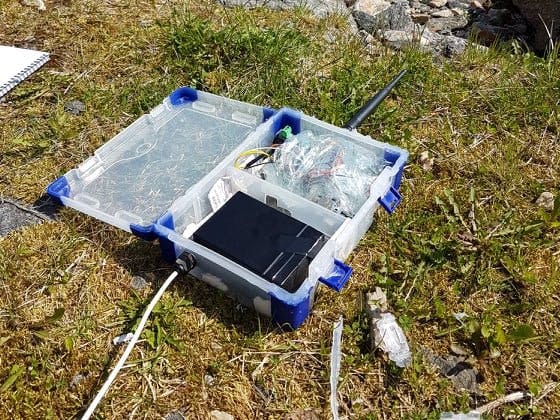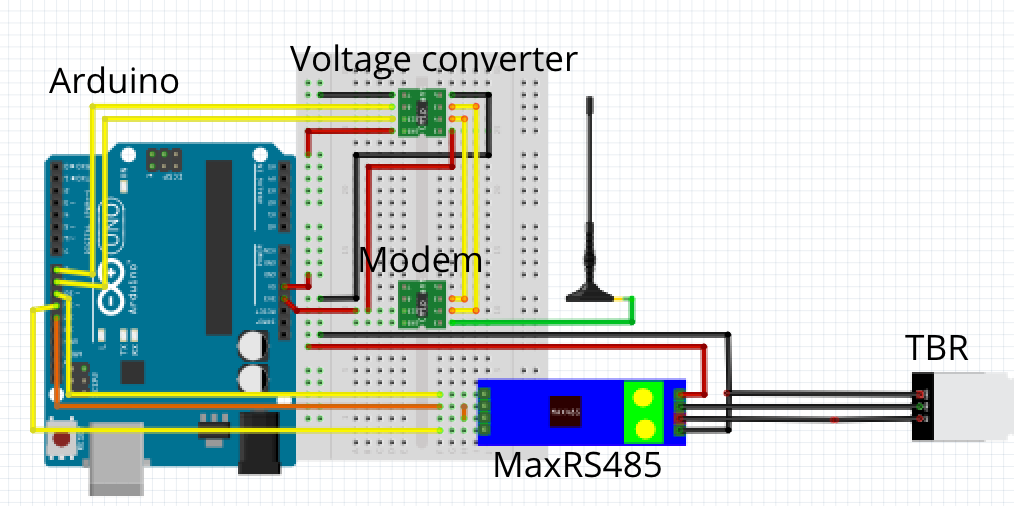The Swedish company IoT-Sweden is responsible for the establishment of Sigfox-LPWAN in Sweden and I was lucky to be able to collaborate with them during my bachelor thesis at Chalmers University. I wanted to connect my line of studies as electrical engineer to provide substantial solutions to environmental issues. I contacted the Counties agency of Gothenburg Sweden to discuss what possibilities Sigfox technology could provide in terms of sustainabillity. One possebility that came to mind by the consultants at the Counties agency was "The missing salmon project". The missing salmon project aim to understand and prevent the rapid decline of the Atlantic salmon in countries across Europe.
The Counties agency together with the University of Gothenburg attempt to map the movement of salmon during their movement from Göta river dams to the Atlantic ocean. In order to do this are tracking devices placed along the stream to register when and where salmon implanted with tags passes. Information is gathered by the device containing water temperature, the amount of registered fishes and their identity ID. However, the data need to be accessed manually at the location where the tracking device is placed, which is both time consuming and expensive. My objective became to develop a prototype to intergrate the tracking units to Sigfox-LPWAN and wireless provide periodic data feed concerning the fish movement.
To construct a prototype able to receive, process and transmit data research about the tracking unit and what type of communication it utilizes was gathered. The arduino needed to be programmed to ask for the tracking unit for specific information and process the data to the correct format.
The tracking unit utilizes RS485 communication which is different to the serial communication used by the arduino. Therefore, a MAXRS485 module which works as a translator between RS485(115200 baud) and TTL UART(9600 baud) was intergrated to establish connection between the tracking unit and the arduino.
The cable between the tracking unit and MAXRS485 modul was constructed using twisted cable where connectors to fit the sockets were soldered to the cable ends.
Connection between the tracking unit and arduino enabled information to be exchanged between the devices. The next step in the process was to integrate the Sigfox modem to enable wireless communication to the cloud.
The final schematic of how the wiring and its components was connected is found within "Attachments".
The original idea was to ask the tracking unit for the relevant information, process the data and transmit the data every ten minutes. The limitation of transmittin every ten minutes is due to EU regulations of the ISM-band utilized by Sigfox. In between the transmission, the prototype was supposed to enter power saving mode for optimization of the power efficiency. However, this idea was not achieved due to interference when large amount of data was transmitted from the tracking unit. I was unable to find a solution to the interference issue due to time constraints. Therefore the built in periodic data transmission on the tracking device was used to receive the relevant information.
The following flowchart was produced to easily produce the code enabling the desired functionality of the device.
The interference caused the IoT-prototype to achieve lower power efficiency than what was expected from the beginning. Furthermore, the prototype was able to receive, process and transmit data from a tracking unit via Sigfox-LPWAN which provided the missing salmon project with data every ten minutes regarding the Atlantic salmon in Göta river.
The people involved in the project was grateful to receive this information and by knowing the exact time the salmon starts its journey towards the sea it will be easier to put constructions along the stream on hold that might have negative consequences on salmon population and thereby decrease potential disturbances.
I would finally like to thank Mikael Falkvidd for all the support during the project. The actual thesis with more detaild descriptions regarding project will be published in the next month.



_ztBMuBhMHo.jpg?auto=compress%2Cformat&w=48&h=48&fit=fill&bg=ffffff)

Comments
Please log in or sign up to comment.